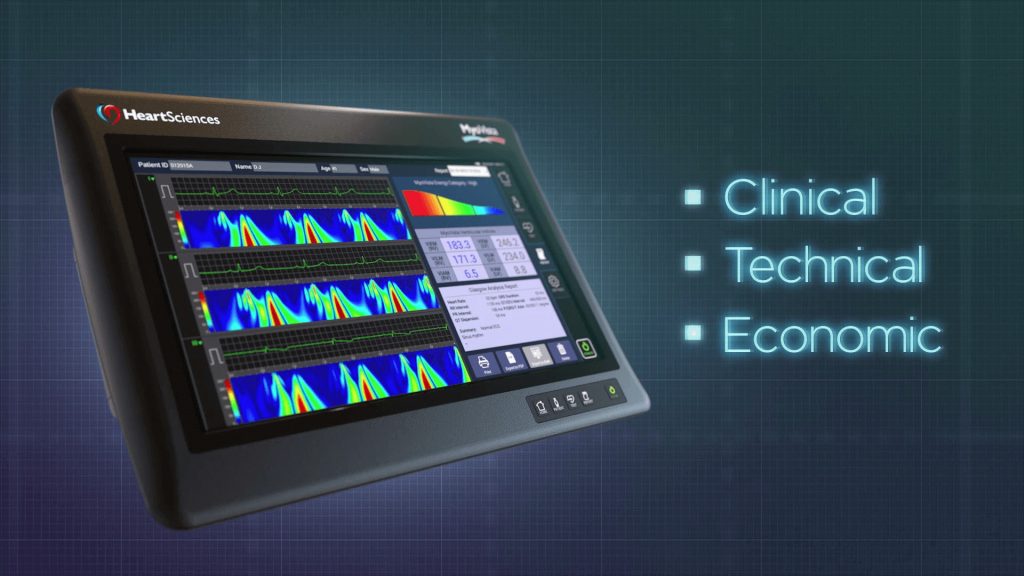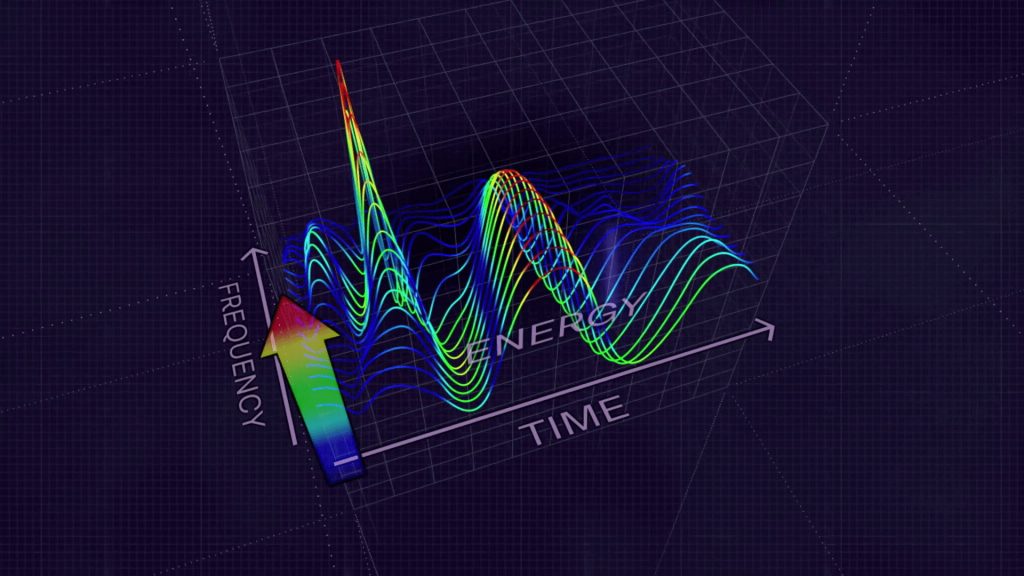Chances are you know someone who has coronary heart disease (CHD). An estimated 16.5 million adults in American have CHD. And it is the leading cause of death in men and women, attributed to 1 of every 7 deaths in the United States.
CHD occurs when cholesterol and plaque buildup on the inside of the arteries that supply blood to the heart muscle. Because of the buildup, less blood flows to the heart muscle, which can make it harder for the heart to work properly.
Most people have some buildup in their coronary arteries, and many have substantial blockage (50% to 75% or more of the artery is blocked) without any symptoms of CHD. Unfortunately, most CHD isn’t diagnosed until the patient starts having chest pain or has a heart attack, at which point the heart muscle has been permanently damaged. To make matters worse, there is no good screening tool that can quickly, easily, and non-invasively find CHD before the later stages of the disease.
Heart Sciences aims to change that. XVIVO partnered with Heart Sciences to develop an animation describing their MyoVista Wavelet ECG technology that can detect changes in the heart from CHD and other diseases before symptoms appear.

The MyoVista device measures the electrical signals from the heart in the same way as a regular electrocardiogram (ECG). Then, the MyoVista technology comes in – the electrical signals are broken down by their frequency components and the amount of energy in each frequency band is displayed.
Before XVIVO could animate the MyoVista technology, we delved deep into signal processing to understand the specific method, continuous wavelet transform, that is used in MyoVista. Through several discussions amongst our team and Heart Sciences, we conceptualized the best way to show healthcare providers and scientists how the MyoVista output relates to the actual heart electrical signals and heart health.

When a patient’s ECG data is analyzed by the MyoVista technology, the total energy of the signal is calculated, which may help doctors determine if the patient has poor blood flow to the heart. The goal of the MyoVista technology is to provide an easy screening tool to diagnose heart disease earlier.